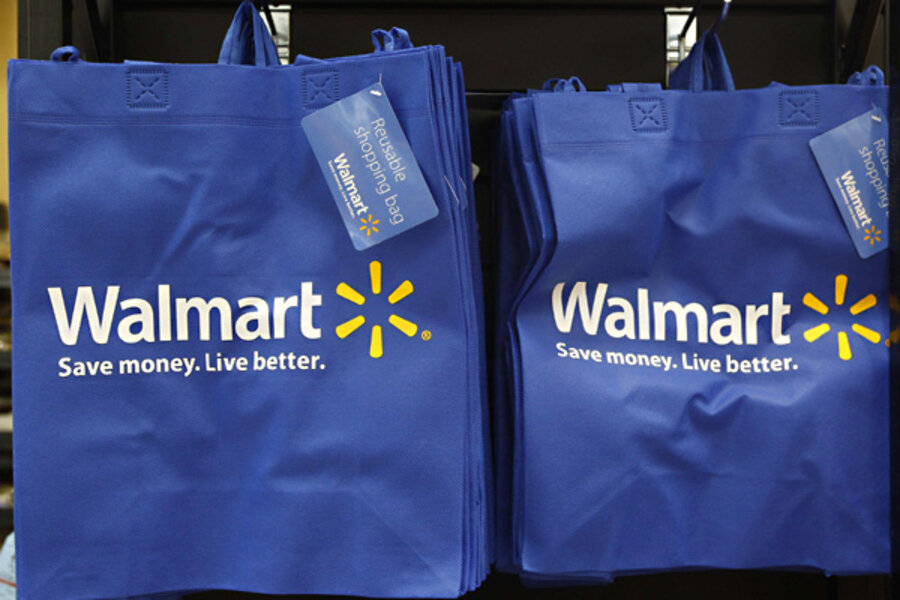Wal-Mart tests same-day holiday delivery
Loading...
| New York
Wal-Mart is testing a same-day delivery service in select markets for customers who buy popular items online during the holiday shopping season.
The move comes as the world's largest retailer faces increasing competition from online giants like Amazon.com., which is testing same-day delivery service in 10 markets. The Bentonville, Ark.-based discounter is trying to cater to Web-savvy shoppers who are demanding more convenience.
Wal-Mart's tests started this month in northern Virginia and Philadelphia. The program rolled out to Minneapolis on Tuesday. Wal-Mart plans to test the service in San Francisco and San Jose, Calif., later this month or in early November.
The program builds on a same-day grocery delivery launch in April 2010 in San Jose, followed by a test in San Francisco over the past year.
About 5,000 general merchandise items, including flat-panel TVs, toys and Apple iPads, will be available for same-day shipping. The delivery charge is $10 for an unlimited number of items, with no minimum purchase. For those who live in San Francisco and San Jose, shoppers will be required to have a minimum order of $45.
"This builds on a testament to try to provide greater convenience to our customers," said Amy Lester, Wal-Mart spokeswoman. She said that right now, the company has no immediate plans to roll out the service to other stores.
"This is truly to learn and better understand what our customers want," Lester added.
In a recent Wal-Mart customer survey, the majority of respondents said they would consider same-day delivery if available, and more than half said they would use it monthly or more frequently. Also, the survey found that electronics, toys, video games, movies and groceries were among the items shoppers wanted delivered.
Wal-Mart's service works this way: Customers place orders up until noon and then choose a four-hour window to receive the delivery the same day. Wal-Mart is using UPS delivery trucks to deliver the merchandise. For the San Francisco and San Jose markets, shoppers have to order by 7 a.m. that day to receive those items. Wal-Mart is using its own delivery trucks in those two regions.
In April, Wal-Mart rolled out a program that allows online shoppers who don't want to use their credit cards to order goods online and then pay with cash at the local Wal-Mart store. Company officials said the program has fared well. It also has a program called Site to Store where shoppers order online, then pick up the products at the local store.
Amazon.com began testing same-day delivery service in 2009. The program is now available in 10 markets, including Chicago and Seattle.
Brian Sozzi, chief equities analyst at NBG Productions, said that if Wal-Mart is able to blanket the same-day delivery service across the country and at the same time continue to open smaller stores, "that is a powerful model not only in the fight against Amazon, but also dollar stores." Dollar stores, whose parking lots and stores are less than one-tenth the size of most Wal-Marts, have remained a threat to Wal-Mart because of their convenience.
Wal-Mart Stores Inc., based in Bentonville, Ark., operates more than 4,000 stores in the U.S.







